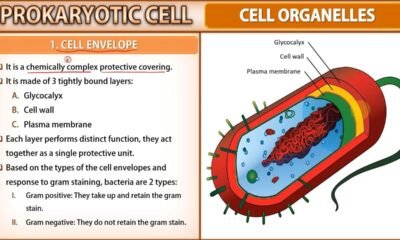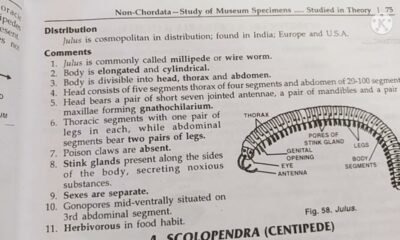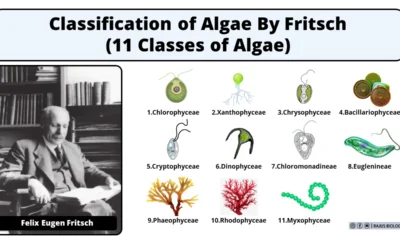Blog
Bryophytes: Definition, Characteristics and Examples (With Simple Diagram)

In this article we will discuss about bryophytes definition, characteristics and their examples.
- Bryophytes are green, seedless, and nonvascular terrestrial plants.
- The term Bryophyte originates from the Greek words ‘Bryon’ meaning mosses and ‘Phyca’ meaning plant.
- The Johanne Hedwig, a German botanist is known as the Father of Bryology.
- Shiv Ram Kashyap is recognized as the father of Indian bryology.
General characteristics of Bryophytes
- The plant body is typically green and they can be either leafy or thalloid body with sizes ranging from a few millimeters to several centimeters.
- The smallest bryophyte is Zoopsis (5 mm) whereas the tallest is Dawsonia (50-70 cm)
- Bryophytes lack true leaves and stems; instead, these structures are referred to as axis and phylloid respectively.
- True roots are absent and the functions of the roots are carried out by rhizoids.
- Rhizoids can be either unicellular and unbranched (Riccia, Marchantia and Anthoceros) or multicellular and branched (Sphagnum and Funaria).
- Vascular tissues such as xylem and phloem are completely absent and transfer of water and nutrients occurring from cell to cell by simple diffusion.
- However, in certain bryophytes particularly mosses, a groups of 2-3 specialized cells are present for the conduction of water and the translocation of food known as hydroids (collectively known as hydrom) and leptoids respectively.
- Cuticle and stomata are completely absent in bryophytes
- Sexual reproduction in bryophytes is oogamous type. The sex organs are multicellular and jacketed in bryophytes.
- The female sex organ is called the archegonium, while the male sex organ is known as the antheridium.
- The sperm cells are biflagellate with both flagella are whiplash type (Smooth type)
- Fertilization occurs in the presence of water or moisture.
- After fertilization, the zygote remains within the venter of the archegonia, they do not separate from the parent gametophyte or enter a resting phase, which distinguishes bryophytes from algae.
- The zygote undergoes multiple divisions to form an undifferentiated multicellular structure known as the embryo.
- The first division of the zygote occurs transversely and the embryo develops from the outer cell. This type of embryogenesis is called as exoscopic.
- The ventral wall expands to form a protective multicellular structure known as the calyptra.
- Through further divisions and differentiation, the embryo produce small spore producing structure that is not independent and it is called sporogonium (sporophyte)
- The sporophyte is rootless and it is consists of foot, seta and capsule. In some species (Corsinia) the seta are absent and in rare cases both foot and seta are absent (Riccia)
- Throughout its life, the sporophyte remains attached with gametophyte and also depends on it partially or entirely for nutrition.
- The sporophyte is responsible for producing spores which are wind dispersed, non motile and cutinized commonly called as meiospores.
- Morphologically, all meiospores within a given species are identical and thus known as homosporous.
- Under favourable conditions, each spore germinates to form a gametophyte plant either directly or indirectly as a lateral bud from the protonema.
- Bryophytes exhibit a heterologous type of alternation of generations in their life cycle, whereas algae algae it is of homologous type.
Bryophytes Examples
Bryophytes encompass approximately 20,000 species. They are generally classified into three main groups: liverworts, mosses and hornworts. Notable examples include:
- Riccia: They are thalloid plant body with dichotomous branching. The gametophyte is dorsiventral and does not possess a midrib.
- Marchantia: They are also a thalloid plant body with prominent air chambers and pores. The gametophyte have gemmae cups for asexual reproduction.
- Polytrichum: The plant body has leaf-like structures with slender axis.
- Funaria: A common moss with a leafy gametophyte. Its sporophyte includes seta and capsule that contains a peristome, help in the dispersal of spores.
- Zoopsis: The smallest bryophyte in the world. They are branched and filamentous gametophyte.
- Dawsonia: The tallest bryophyte in the world. capable of reaching several meters in height.

 Blog6 months ago
Blog6 months ago[PPT] Human Reproduction Class 12 Notes

 Blog6 months ago
Blog6 months agoCell The Unit of Life Complete Notes | Class 11 & NEET Free Notes
- Blog6 months ago
Contribution of Indian Phycologists (4 Famous Algologist)
- Blog6 months ago
PG TRB Botany Study Material PDF Free Download

 Blog6 months ago
Blog6 months ago[PPT] The living world Class 11 Notes

 Blog6 months ago
Blog6 months agoJulus General Characteristics | Free Biology Notes

 Blog6 months ago
Blog6 months agoClassification of Algae By Fritsch (11 Classes of Algae)

 Entertainment6 months ago
Entertainment6 months agoIbomma Bappam: Redefines Telugu Streaming Trend














